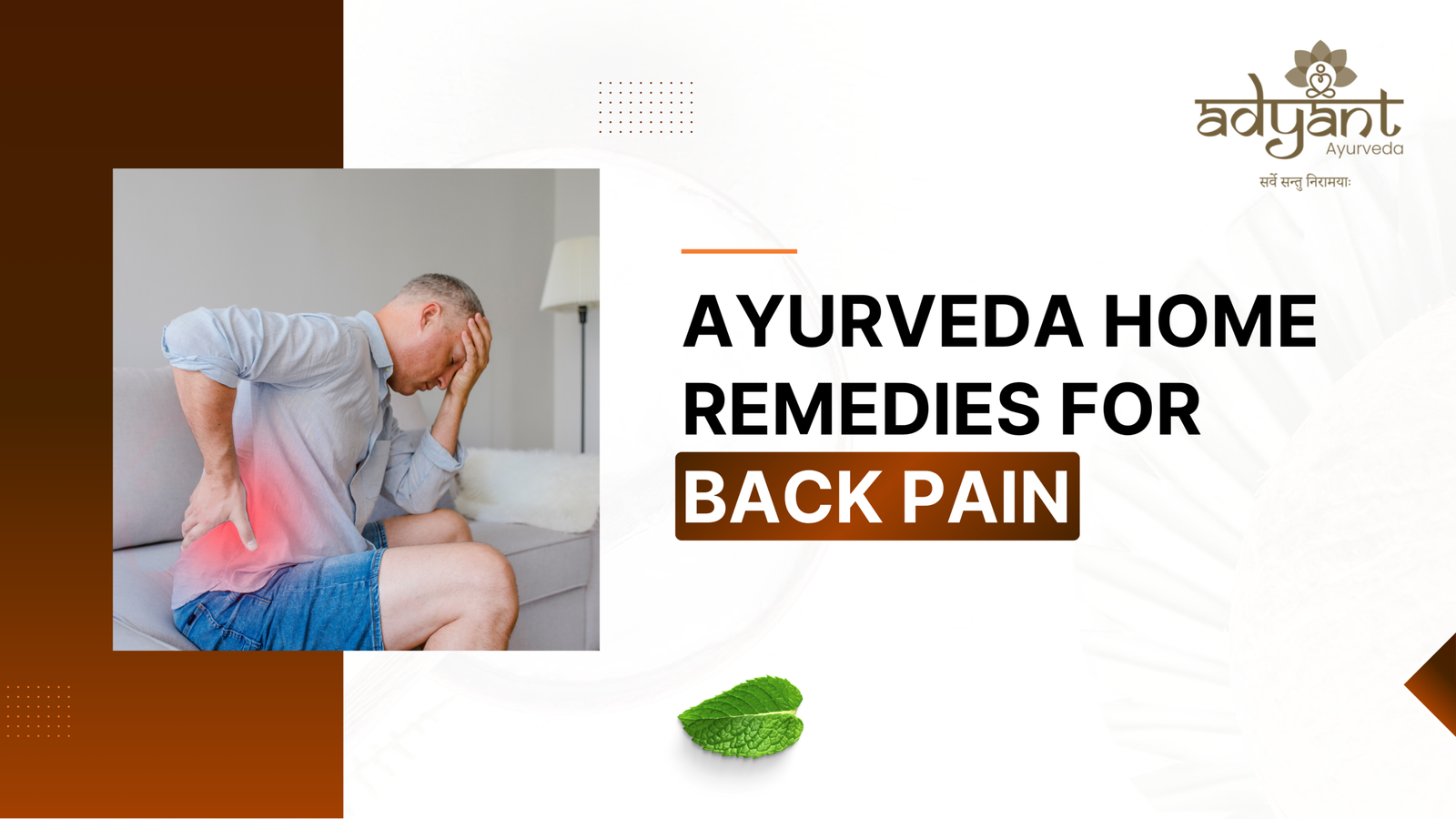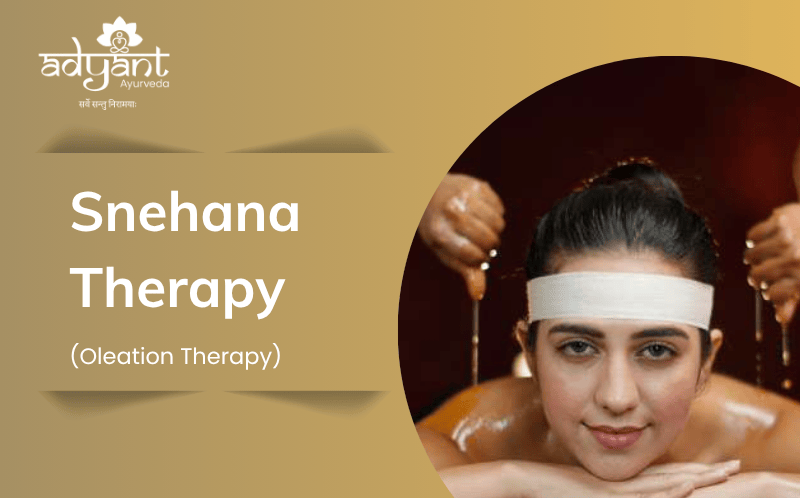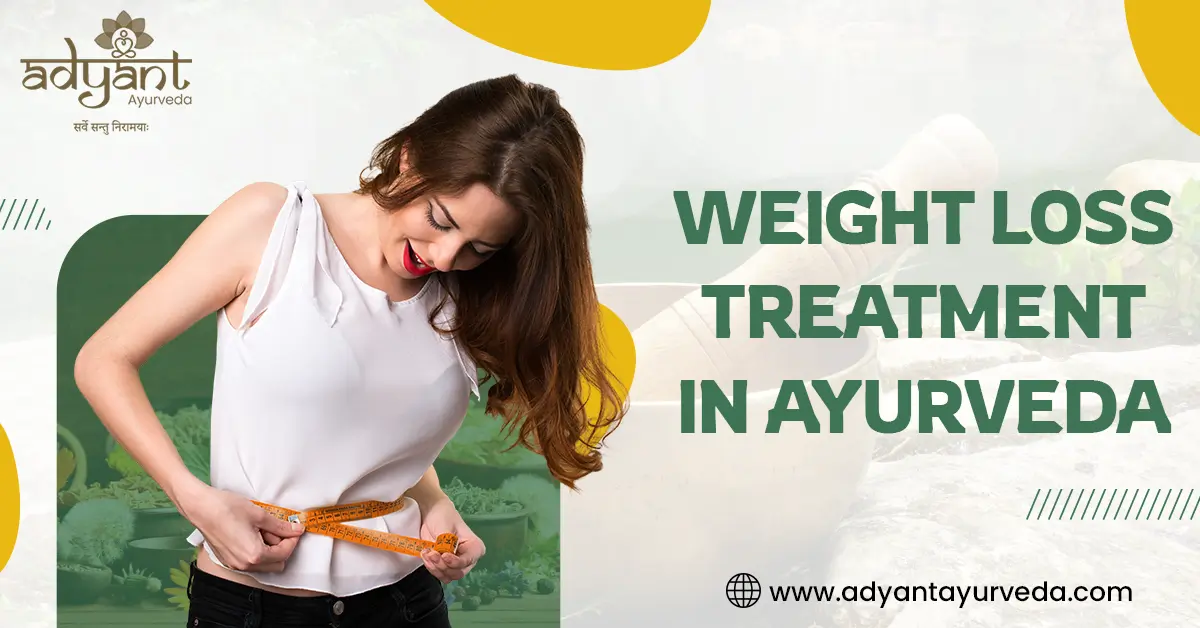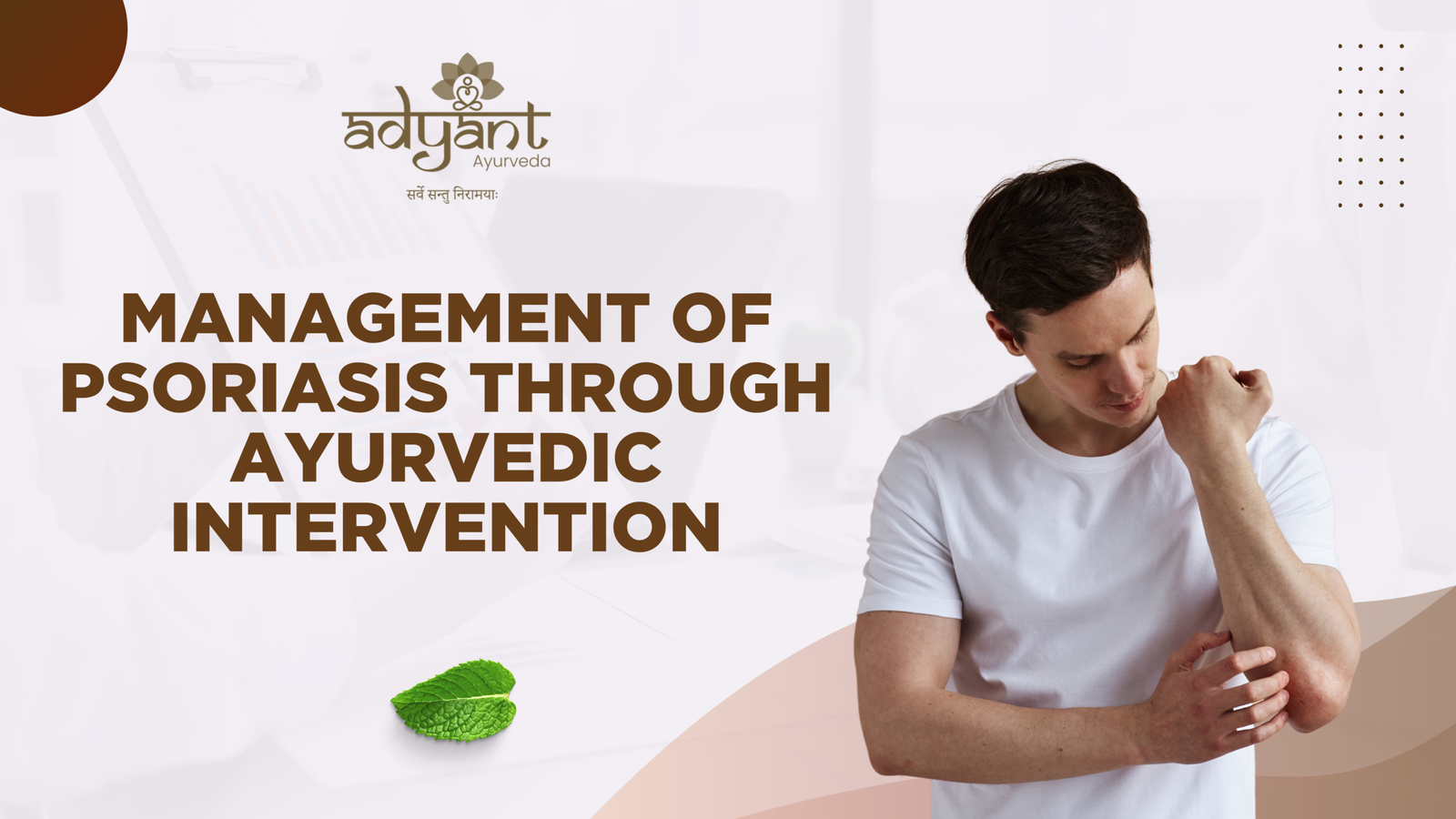Table of Contents
Toggle
Deep Vein Thrombosis Treatment in Ayurveda (DVT): The formation of blood clots in deep veins is called DVT and It can partially or completely block the blood flow. If the blood flows very slowly through the veins it will form clumps that cause blood clots (thrombosis). Deep vein thrombosis (DVT) is the formation of a blood clot (thrombosis) in a deep vein, commonly in the legs. The clot can partially or completely block blood flow, leading to complications.
DVT occurs when blood flows too slowly, allowing clots to form. If left untreated, it may lead to serious conditions like pulmonary embolism, where the clot travels to the lungs. It develops in superficial veins, causing superficial thrombophlebitis, and in deep veins, causing DVT.
For Free Consultation With Top Ayurvedic Doctors, Download Our App From the Play Store “AyurCare“
What is Deep Vein Thrombosis Treatment in Ayurveda
In Ayurveda, DVT is often linked to an imbalance in the Vata and Pitta doshas. Vata is responsible for movement in the body, including blood circulation, while Pitta governs heat and metabolism. When these doshas are aggravated, it can lead to poor circulation, inflammation, and clot formation in the veins.
Ayurveda uses a holistic approach to Ayurvedic Treatment for Deep Vein Thrombosis (DVT). It combines herbal remedies, dietary modifications, detoxification therapies, and lifestyle changes to treat DVT.
You May Also Like: Ayurveda Doshas
Ayurvedic Treatments Used for DVT (Deep Vein Thrombosis):
- Jalaukavacharana (Leech Therapy): Leech therapy is highly effective in DVT as it draws out impure blood, reducing the risk of clotting. Leeches secrete natural anticoagulants that help thin the blood and enhance circulation, thus alleviating the risk of clot formation in deep veins.
- Lepam (Herbal Paste Application): For DVT, herbal pastes such as Arjuna and Gotu Kola are applied to the affected area to reduce inflammation around the blood clot. This therapy helps to increase circulation and promotes healing of the veins, reducing the likelihood of clot propagation.
- Kashaya Dhara: This therapy involves pouring medicated herbal decoctions over the body. Kashaya Dhara improves blood circulation and provides relief from pain and inflammation caused by DVT.
- Abhyanga (Oil Massage): Gentle massage with medicated oils improves circulation and reduces pain and swelling. It also helps to prevent further stagnation that can lead to clotting.
- Panchakarma: Panchakarma, a detoxification process, is crucial in the management of DVT. It works by cleansing the body and balancing the doshas that are responsible for blood stagnation. Key treatments within Panchakarma for DVT include:
- Virechana (Purgation Therapy): In DVT management, Virechana helps in removing toxins from the body, particularly those that aggravate the Pitta dosha, which is linked to inflammation and clot formation.
- Vasti (Medicated Enema): Vasti is used in DVT treatment to cleanse the colon and regulate the Vata dosha, which controls blood circulation. By enhancing the movement of blood, Vasti helps reduce the risk of further clotting in the veins.
- Svedana (Herbal Steam Therapy): It helps reduce swelling and pain associated with the condition. The steam promotes better blood circulation, allowing the veins to clear blockages and reduce the likelihood of clot formation.
These Ayurvedic treatments for DVT are designed to restore balance in the body, improve circulation, and reduce the risk of further complications.
Symptoms of DVT:
The symptoms of Deep Vein Thrombosis (DVT) primarily occur in the legs, though it can also affect other parts of the body. Recognizing the symptoms of DVT is crucial for early detection and seeking appropriate care, including Ayurvedic treatment for DVT. We have listed the symptoms below:
- Red or Discolored Skin: The skin over the affected vein may appear reddish or have a bluish tint.
- Swelling: Usually in one leg (or arm), often accompanied by pain.
- Pain or Tenderness: Pain that often starts in the calf or thigh and can feel like cramping or soreness.
- Warmth: The affected area may feel warmer than the surrounding skin.
- Leg Fatigue: The leg may feel heavy or unusually tired.
Other Possible Symptoms:
- Visible Veins: Swollen veins that are visible under the skin.
- Difficulty Walking: Due to pain and swelling in the leg.
Risk Factors/ Causes for DVT
-
- Family or personal history of blood clots
- Age (60 years and above)
- Prolonged immobility (e.g., sitting for long periods)
- Recent surgery or trauma
- Active cancer
- Pregnancy
- Use of contraceptives or hormonal pills
- Inherited blood clotting disorders
- Smoking
- Obesity
Did you know?
DVT can simply be prevented by making a few changes in your lifestyle. Ayurveda Treatment for Deep Vein Thrombosis
- Regular exercise: Regular exercise should be your routine if you want to get rid of DVT. Exercise relaxes your muscles and improves blood circulation.
- Avoid prolonged sitting: It decreases blood flow in the lower leg and often leads to the formation of blood clots in deep veins. So, avoid sitting for long and take breaks at regular intervals.
- Maintain a balanced diet: Avoid junk food. Include green, leafy vegetables, eggs, cereals, and mustard greens in your diet. Drink adequate amounts of water to enhance blood circulation.
- Quit smoking: Smoking cigarettes may result in the formation of blood clots in your veins
Herbal Remedies Used for Deep Vein Thrombosis Treatment in Ayurveda (DVT)
Ayurveda offers a range of herbal formulations to support blood circulation, reduce inflammation, and prevent the formation of clots. Below are some key Ayurvedic herbs and formulations that can be used for Deep Vein Thrombosis (DVT) management:
1. Guggulu (Commiphora mukul)
Guggulu is known for its anti-inflammatory and blood-purifying properties. It helps to break down clots, improve blood circulation, and reduce swelling in affected areas.
2. Punarnava (Boerhavia diffusa)
Punarnava is a rejuvenating herb with diuretic and anti-inflammatory properties. It helps in reducing edema (swelling), promoting circulation, and flushing out toxins from the body. Punarnava is particularly beneficial in cases of venous insufficiency.
3. Dashamoola (Ten-Root Compound)
Dashamoola is a powerful anti-inflammatory and pain-relieving formulation made from ten roots. It is used to reduce inflammation, and pain, and improve circulation, making it highly effective in treating DVT.
4. Arjuna (Terminalia arjuna)
Arjuna is well-known for its cardiovascular benefits. It strengthens the blood vessels, improves circulation, and prevents blood clot formation. It also has antioxidant and anti-inflammatory properties, which help in healing damaged tissues.
5. Triphala (Three-Fruit Compound)
Triphala is a combination of three fruits: Amalaki, Bibhitaki, and Haritaki. It acts as a gentle detoxifier, supporting healthy digestion, blood circulation, and tissue regeneration.
6. Sahacharadi Kwath
Sahacharadi Kwath is a traditional Ayurvedic decoction used to treat Vata-related disorders, including venous insufficiency and blood circulation issues like DVT. It contains herbs like Sahachara, which has anti-inflammatory and analgesic properties and helps strengthen veins and arteries.
7. Kumari (Aloe Vera)
Aloe Vera, known as Kumari in Ayurveda, has anti-inflammatory, cooling, and blood-purifying properties. It helps in improving blood circulation, reducing inflammation, and supporting liver function, which plays a key role in blood health.
Diet Used to Treat DVT :
- Foods rich in fiber and antioxidants, such as whole grains, leafy greens, and turmeric, are encouraged. These foods support healthy digestion and help reduce inflammation, which is essential in managing DVT.
- In the Ayurvedic treatment for DVT, foods that aggravate Vata and Pitta, such as processed, cold, or very spicy foods, are discouraged, as they can contribute to imbalances in the body and worsen the symptoms of DVT.
What is the Difference Between Varicose Veins and Deep Vein Thrombosis?
Varicose Veins and Deep Vein Thrombosis (DVT) are distinct vascular conditions. Varicose veins involve enlarged, twisted veins near the skin’s surface, often causing discomfort, swelling, and cosmetic concerns but are usually not life-threatening. In contrast, DVT occurs when a blood clot forms in deep veins, typically in the legs, leading to symptoms like swelling, pain, and warmth. DVT poses serious risks, including pulmonary embolism if the clot dislodges and travels to the lungs. While varicose veins are primarily a superficial issue, DVT is a medical emergency requiring prompt treatment to prevent severe complications.
Read Also: Ayurvedic Treatment for Varicose Veins
Conclusion
Deep vein thrombosis (DVT) is a condition where blood clots form in deep veins, often in the legs. Symptoms include pain, swelling, warmth, redness, and visible surface veins. Risk factors for DVT include family history of blood clots, age, prolonged immobility, recent surgery, active cancer, pregnancy, use of contraceptive or hormonal pills, inherited blood clotting disorders, smoking, and obesity.
To prevent DVT, individuals should engage in regular exercise, avoid prolonged sitting, maintain a balanced diet, and quit smoking. Ayurveda offers a range of herbal formulations to support blood circulation, reduce inflammation, and prevent clot formation. Key Ayurvedic herbs include Guggulu, Punarnava, Dashamoola, Arjuna, Triphala, Sahacharadi Kwath, and Kumari.
At Adyant Ayurveda, we focus on detoxifying the body, improving blood circulation, and balancing the doshas (Vata, Pitta, Kapha) to reduce blood clot formation. Key treatments include Siravyedham (bloodletting), Kashaya Dhara, and Lepanam.
Meet the Best Ayurveda doctor in Bangalore at Adyant Ayurveda to find a cure for DVT. For Ayurveda Treatment for Deep Vein Thrombosis, find Adyant Ayurveda Clinic near your home in Bangalore.
FAQs: Deep Vein Thrombosis (DVT) Treatment in Ayurveda
1. What is Deep Vein Thrombosis (DVT) according to Ayurveda?
In Ayurveda, DVT is understood as a condition involving Sira Granthi (blockage or clot in veins), primarily caused by Vata dosha imbalance, along with Rakta dushti (impurity in blood) and Kapha involvement. It can result in Shoola (pain), Shopha (swelling), and Stambha (stiffness) in the affected limb.
2. Can Ayurveda treat DVT effectively?
Ayurveda offers supportive and preventive care for DVT by improving circulation, reducing inflammation, and balancing the doshas. While it should not replace emergency medical care, it can be a complementary therapy to prevent recurrence and manage chronic symptoms under expert supervision.
3. What are the Ayurvedic treatments for DVT?
Ayurvedic treatment for DVT includes:
-
Internal herbal medications like Kaishora Guggulu, Punarnava, Arjuna, and Guggulu formulations.
-
Panchakarma therapies such as Raktamokshana (bloodletting), Basti (medicated enema), and Abhyanga (medicated oil massage).
-
Leech therapy (Jalaukavacharana) for local clot reduction and improved circulation.
4. Is leech therapy (Jalaukavacharana) safe and effective for DVT?
Yes, leech therapy is a classical Ayurvedic method used to enhance blood flow, reduce inflammation, and dissolve clots naturally. It must be administered by a trained Ayurvedic doctor under sterile conditions.
5. What herbs are beneficial in the Ayurvedic treatment of DVT?
Key herbs used include:
-
Guggulu – anti-inflammatory and blood purifier.
-
Arjuna strengthens the cardiovascular system.
-
Punarnava reduces swelling and improves circulation.
-
Manjistha supports blood detoxification.
-
Haridra (Turmeric) – anti-inflammatory and antioxidant.
6. Are there dietary guidelines in Ayurveda for DVT patients?
Yes. A DVT-friendly Ayurvedic diet includes:
-
Warm, easily digestible foods
-
Green leafy vegetables
-
Garlic, ginger, and turmeric
-
Avoidance of fried, cold, processed, and heavy foods
-
Hydration with warm water and herbal teas
7. What lifestyle changes are recommended in Ayurveda for DVT?
Ayurveda recommends:
-
Regular walking and light exercise to improve circulation
-
Avoid sitting or standing in one position for long hours
-
Managing stress through yoga, pranayama, and meditation
-
Avoiding cold exposure and heavy exertion
8. Can Ayurveda prevent the recurrence of DVT?
Yes. Ayurveda focuses on strengthening Agni (digestive/metabolic fire), maintaining Rakta shuddhi (pure blood), and keeping Vata in check. With long-term Ayurvedic care, diet, and lifestyle modifications, recurrence can be significantly reduced.
9. Is Panchakarma safe for someone with DVT?
Yes, but only under medical supervision. Specific Panchakarma therapies like Basti and Raktamokshana can be customized based on the stage and severity of the condition. A thorough assessment is essential before starting detox therapies.
10. Should I stop modern medicines like blood thinners if I’m taking Ayurvedic treatment?
No. Do not stop or alter any modern medications without consulting both your Ayurvedic and allopathic doctors. Ayurvedic treatment can complement conventional care, but it should be integrated cautiously.







